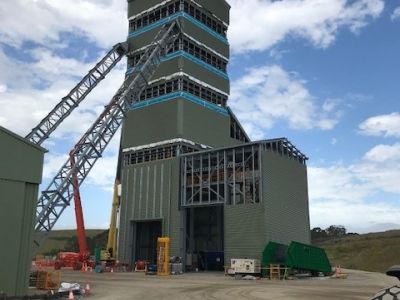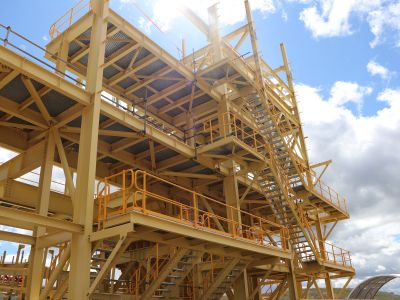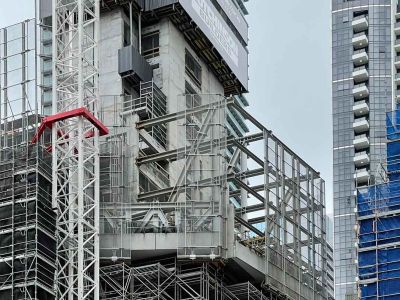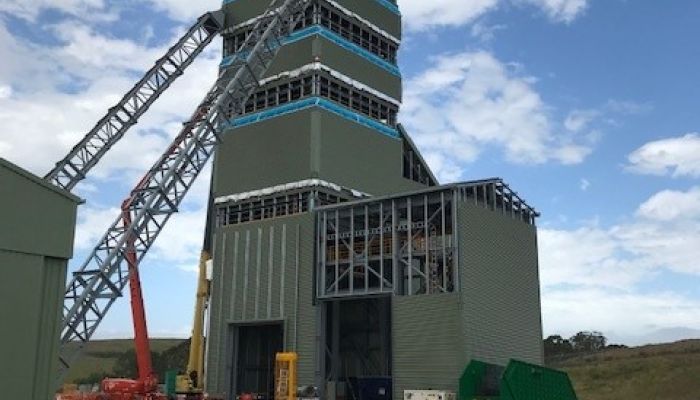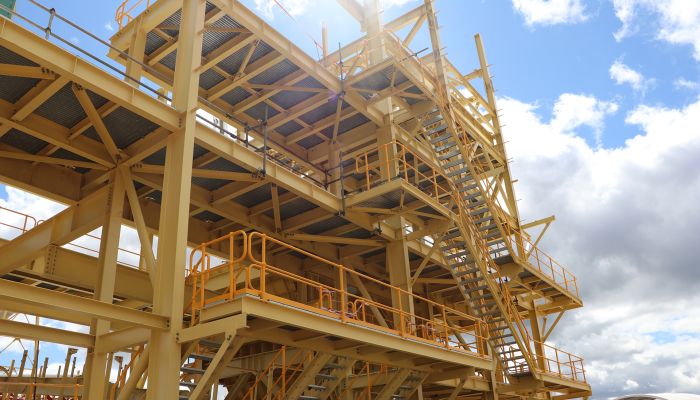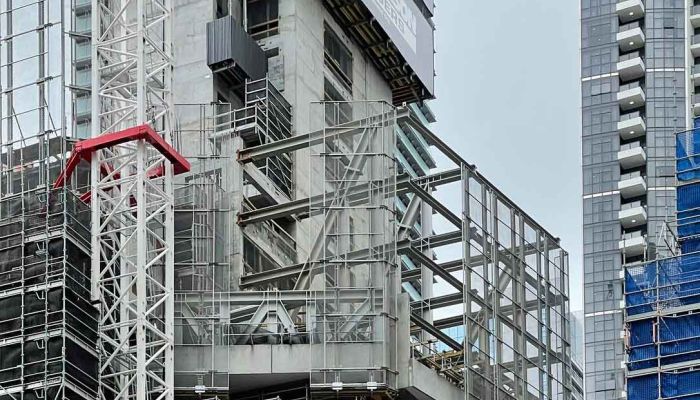
How Do CNC Milling Machines Work?
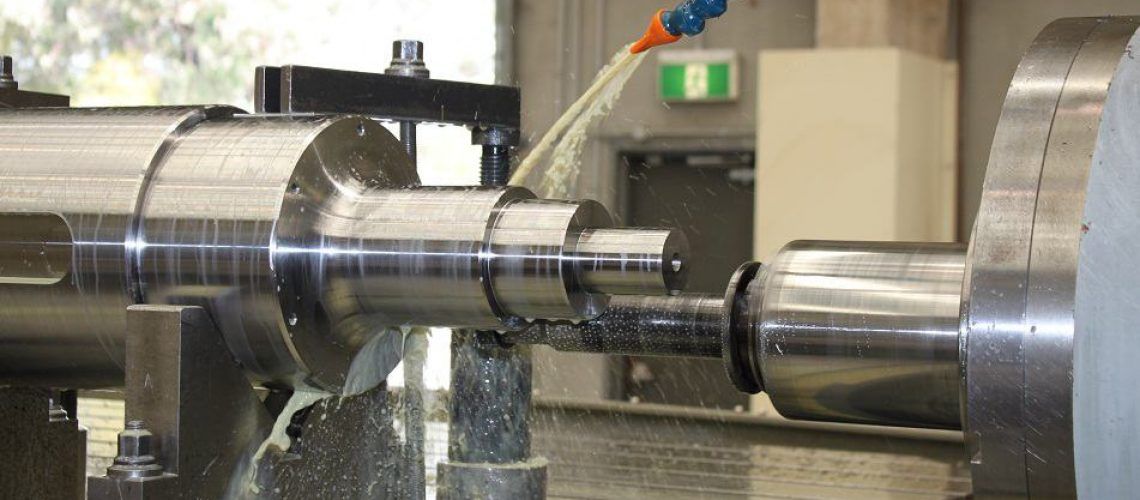
Computer Numerical Control or CNC is essentially a code representing instructions for the precise movement of machines to produce high precision items. The production stages are similar for all CNC Machining processes and include:
- Designing a virtual representation using CAD modelling software
- Converting the CAD model into a CNC program
- Setting up the milling machine by the operator, including a final check before commencing the work.
- Conducting the milling operation
Milling is the process of cutting and or drilling a piece of material such as metal. The machine uses a rotating tool and a milling cutter, which is held in a spindle and can vary in size. Larger tools will generally move slower and remove more material , whereas smaller tools will move faster however remove less material.
Once the CNC milling process has commenced, the cutting tools rotate at speeds of thousands of RPMs. The machine will generally perform one of the following actions to produce the finished object:
- Feeding the object into the stationary rotating tool
- Move the tool across the stationary object
- Move both the tool and object relative to each other
There are a number of different milling machines and their number of movements is dictated by the number of axis it has. Milling machines have between 2 to 5 axis and all are computer operated, no manual operation is required.
Types of Millings machines
CNC Milling Machines are available for both Horizontal and Vertical Milling. Both machines have similar tools and the ability to move in the same 3 directions.
WHAT ARE THE ADVANTAGES /DISADVANTAGES OF VERTICAL VS HORIZONTAL MILLING MACHINES?
The advantages of a vertical milling machine include:
- Smaller in size, taking up less space in a workshop
- Easier to use due to better visibility
- Considerably cheaper than horizontal mills
The advantages of a horizontal milling machine include:
- Ability to produce more complex objects
- Higher level of efficiency
- Tools will last longer
The versatility of Milling machines allows them to be used in a variety of industries and for a variety of designs. The process is best suited as a finishing process to already machined objects, however can also create custom design objects from start to finish.
Suitable Materials for Milling
CNC Milling technology allows the machining of a range of materials, including:
- Metals
- Plastics
- Ceramics
- Glass
- Composites
When focusing on metals, those most suitable to CNC Milling include:
- Mild steel
- Stainless steel
- Tool steel
- Aluminium
- Brass
Improvements in digital technology and CNC Milling Machining means the working process is much more effective and efficient, with a high level of accuracy. Some milling machines can achieve tolerances up to and greater than +/- 0.005.
CNC Milling is the most common process of machining in order to remove unwanted material from an object.
Contact the team at NEPEAN Engineering and Innovation to take a tour of their CNC workshop and discuss how they can assist with your next project – (02) 4646 1511.





